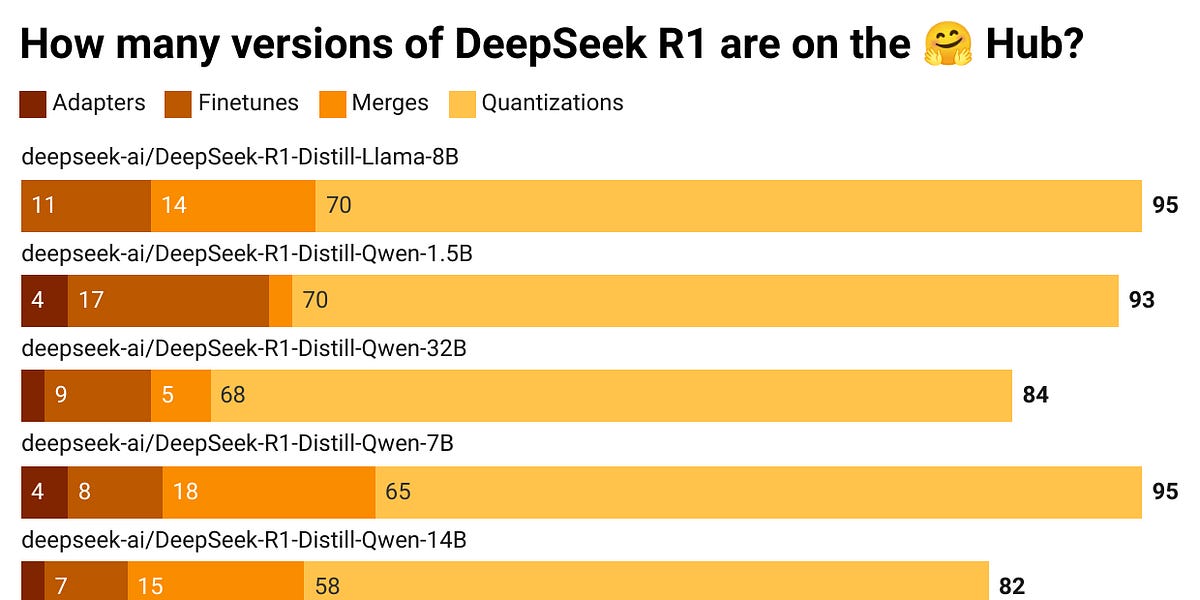



As of February 3, 2025, the Chinese AI startup DeepSeek has come under scrutiny following the release of its R1 model, which has exhibited alarming safety vulnerabilities. Recent tests conducted by Cisco revealed that DeepSeek's R1 achieved a 100% attack success rate, failing to block any harmful prompts from the HarmBench dataset [1af3cabb]. This stark contrast to competitors like OpenAI's GPT-5, which costs around $500 million to train, highlights the low development cost of DeepSeek's model at just $6 million [1af3cabb].
The implications of these safety failures are significant, particularly in the context of Taiwan's security landscape. Max Dixon, a Ph.D. candidate specializing in discourse analysis, previously noted that a generation influenced by DeepSeek's capabilities could pose a threat to Taiwan's future [0eede7b0]. The U.S. has expressed concerns about the dominance of Chinese technology, and the safety issues surrounding DeepSeek's AI could further complicate these geopolitical tensions.
Despite its technical shortcomings, DeepSeek has seen a dramatic increase in web traffic, rising from 300,000 to 6 million daily visitors, indicating a growing interest in its offerings [1af3cabb]. However, the chatbot is reported to have strong content restrictions on sensitive topics such as the Uyghurs and Tiananmen Square, which raises questions about the ethical implications of its deployment [1af3cabb].
In a recent analysis, Tim O'Reilly highlighted the shortcomings of AI regulation, emphasizing that regulators often overlook the real-world context of AI deployment. He pointed out that Microsoft, not OpenAI, identified potential violations regarding DeepSeek's model training, suggesting that AI safety should focus on deployment risks rather than just model development [43a3ebb2]. O'Reilly also noted that the leak of DeepSeek's model weights led to rapid derivative models appearing on platforms like Hugging Face, raising concerns about intellectual property and competition dynamics in the AI space [43a3ebb2].
As the U.S. grapples with the implications of DeepSeek's rapid rise and its safety failures, the interplay between national security concerns and the emergence of cost-effective AI solutions will continue to shape the future of Taiwan's security landscape. The urgency to address these challenges is underscored by ongoing discussions about U.S. export controls and their unintended consequences on technological advancements abroad [18895f59].
In light of these developments, the rise of DeepSeek represents a pivotal moment in the region's geopolitical landscape, prompting a reevaluation of strategies to ensure stability amidst rapid technological change and the potential risks posed by untested AI systems [0eede7b0].